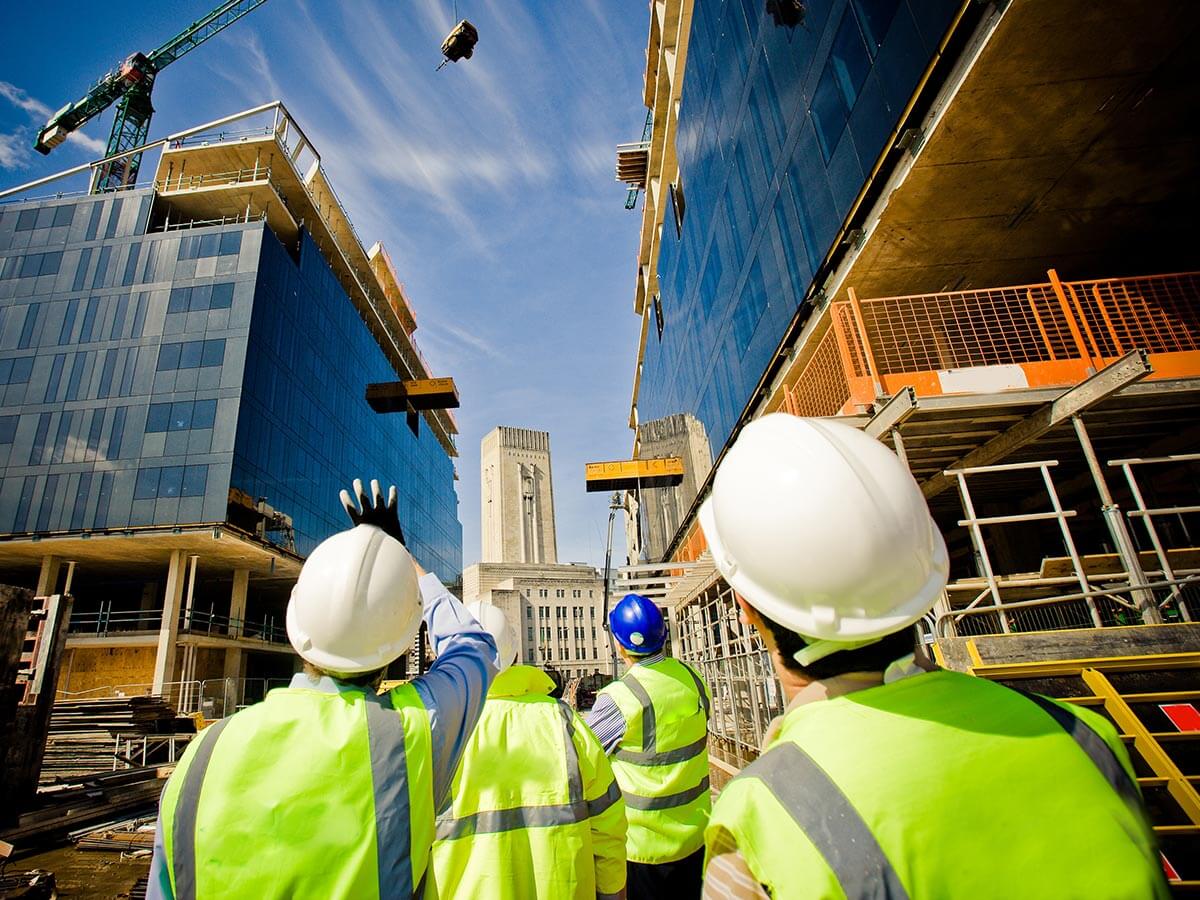In the construction industry, the importance of conducting an Environmental Risk Assessment cannot be overstated. As projects become more complex and environmental regulations tighten, understanding the potential risks associated with construction activities is essential. Engaging a Construction Safety Consultant to perform this assessment can help ensure compliance, protect the environment, and safeguard the health and safety of workers.
Understanding Environmental Risk Assessment
An Environmental Risk Assessment is a systematic process that evaluates the potential environmental hazards associated with construction activities. This assessment involves identifying, analyzing, and managing risks that could impact the environment, public health, and worker safety. By conducting a thorough Environmental Risk Assessment, construction companies can identify potential issues before they escalate into serious problems, thereby minimizing their environmental footprint and ensuring compliance with regulations.
The Role of a Construction Safety Consultant
A Construction Safety Consultant plays a crucial role in the Environmental Risk Assessment process. These professionals possess specialized knowledge and expertise in safety management, regulatory compliance, and risk mitigation. They are well-versed in the legal requirements governing construction activities and can help organizations navigate the complexities of environmental regulations. By engaging a Construction Safety Consultant, companies can ensure that their Environmental Risk Assessment is comprehensive and tailored to their specific needs.
Key Components of an Environmental Risk Assessment
When conducting an Environmental Risk Assessment, several key components must be considered. First, the assessment should identify potential hazards associated with construction activities, such as chemical spills, waste management issues, and air and water pollution. A Construction Safety Consultant will evaluate the site conditions, materials used, and operational practices to identify these risks.
Next, the assessment should analyze the likelihood of each identified hazard occurring and the potential consequences. This risk analysis helps prioritize risks based on their severity and likelihood, allowing organizations to focus their resources on the most critical areas. By understanding the risks involved, construction companies can develop effective mitigation strategies to minimize their impact.
Compliance with Environmental Regulations
Compliance with environmental regulations is a critical aspect of any construction project. Failure to adhere to these regulations can result in significant fines, legal penalties, and damage to a company’s reputation. A Construction Safety Consultant is well-versed in the legal requirements that govern construction activities and can help organizations ensure compliance throughout the Environmental Risk Assessment process. By identifying potential compliance issues early on, companies can take proactive measures to address them, reducing the risk of costly penalties.

Developing Mitigation Strategies
Once potential hazards have been identified and analyzed, the next step in the Environmental Risk Assessment process is to develop effective mitigation strategies. A Construction Safety Consultant will work with the organization to create a comprehensive plan that outlines specific actions to reduce or eliminate risks. This may involve implementing new safety protocols, investing in better equipment, or providing additional training for employees. By taking these proactive steps, construction companies can create a safer work environment and minimize their environmental impact.
Training and Education
A crucial aspect of the Environmental Risk Assessment process is training and education. A Construction Safety Consultant can provide valuable training programs that equip employees with the knowledge they need to recognize hazards and respond appropriately. By fostering a culture of safety and environmental responsibility, organizations can empower workers to take an active role in maintaining a safe and compliant job site. This proactive approach not only reduces the likelihood of accidents but also enhances overall productivity.
Continuous Monitoring and Improvement
An Environmental Risk Assessment is not a one-time effort; it requires continuous monitoring and improvement. A Construction Safety Consultant can help establish a system for ongoing safety evaluations, ensuring that the job site remains compliant and safe over time. This may involve regular site inspections, incident reporting, and feedback mechanisms that allow workers to voice their concerns. By fostering an environment of open communication, a Construction Safety Consultant can help identify areas for improvement and implement necessary changes. This continuous improvement cycle not only enhances safety but also contributes to overall operational efficiency.
Conclusion
In conclusion, conducting an Environmental Risk Assessment is essential for construction sites seeking to minimize their environmental impact and ensure compliance with regulations. Engaging a Construction Safety Consultant can provide the expertise needed to navigate the complexities of this process. Through comprehensive assessments, risk analysis, and tailored mitigation strategies, these consultants help organizations create safer work environments that protect both workers and the environment. By prioritizing environmental safety, construction companies can not only fulfill their legal obligations but also position themselves for long-term success in an increasingly competitive industry. Understanding the importance of an Environmental Risk Assessment is the first step toward building a sustainable future in construction.



